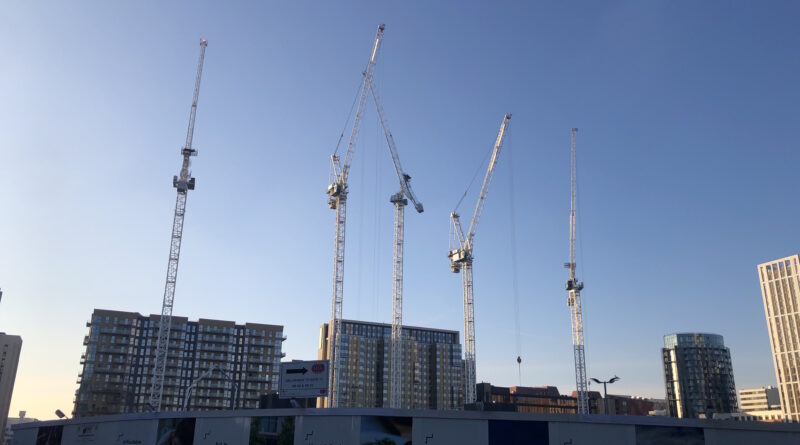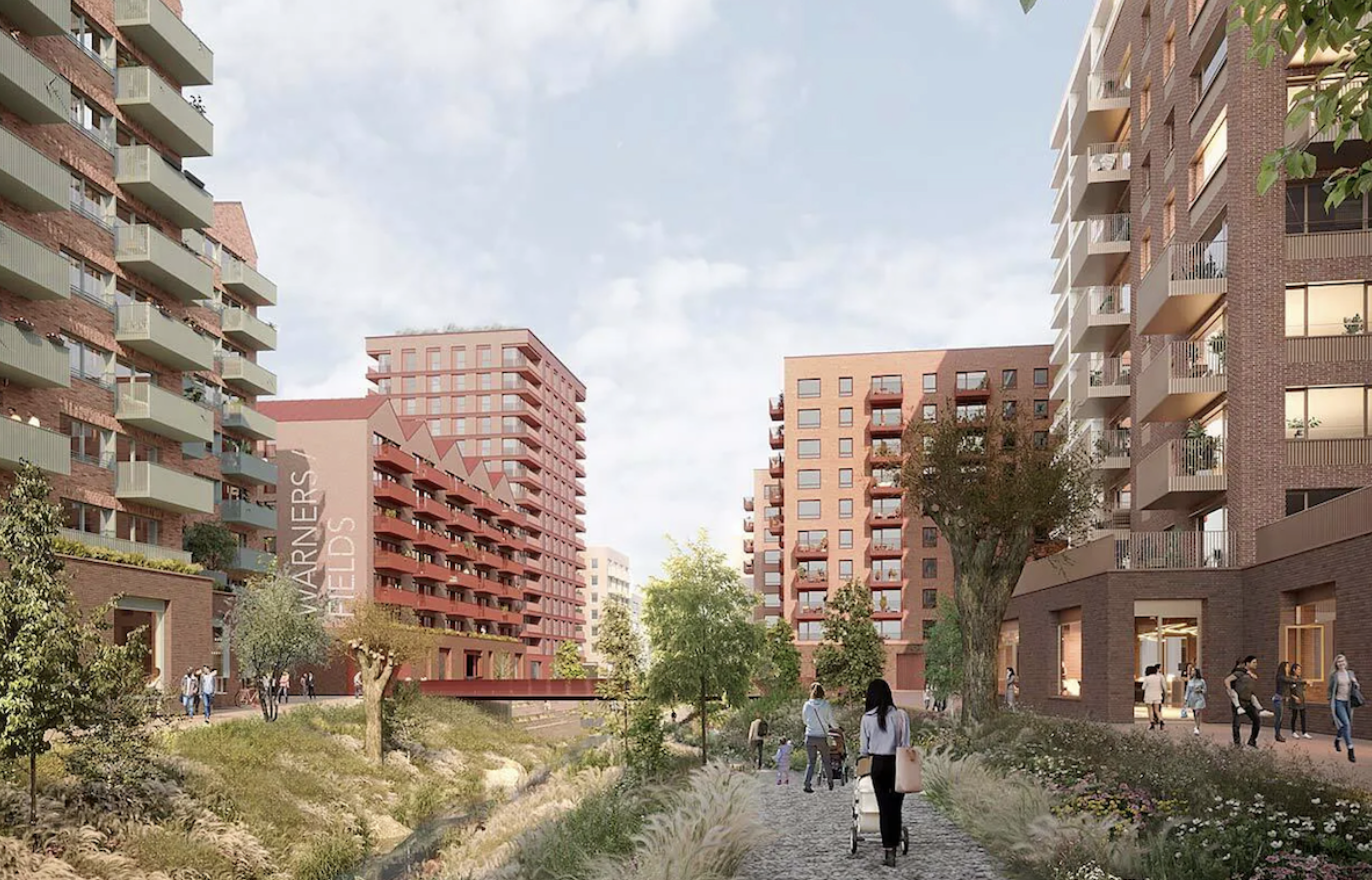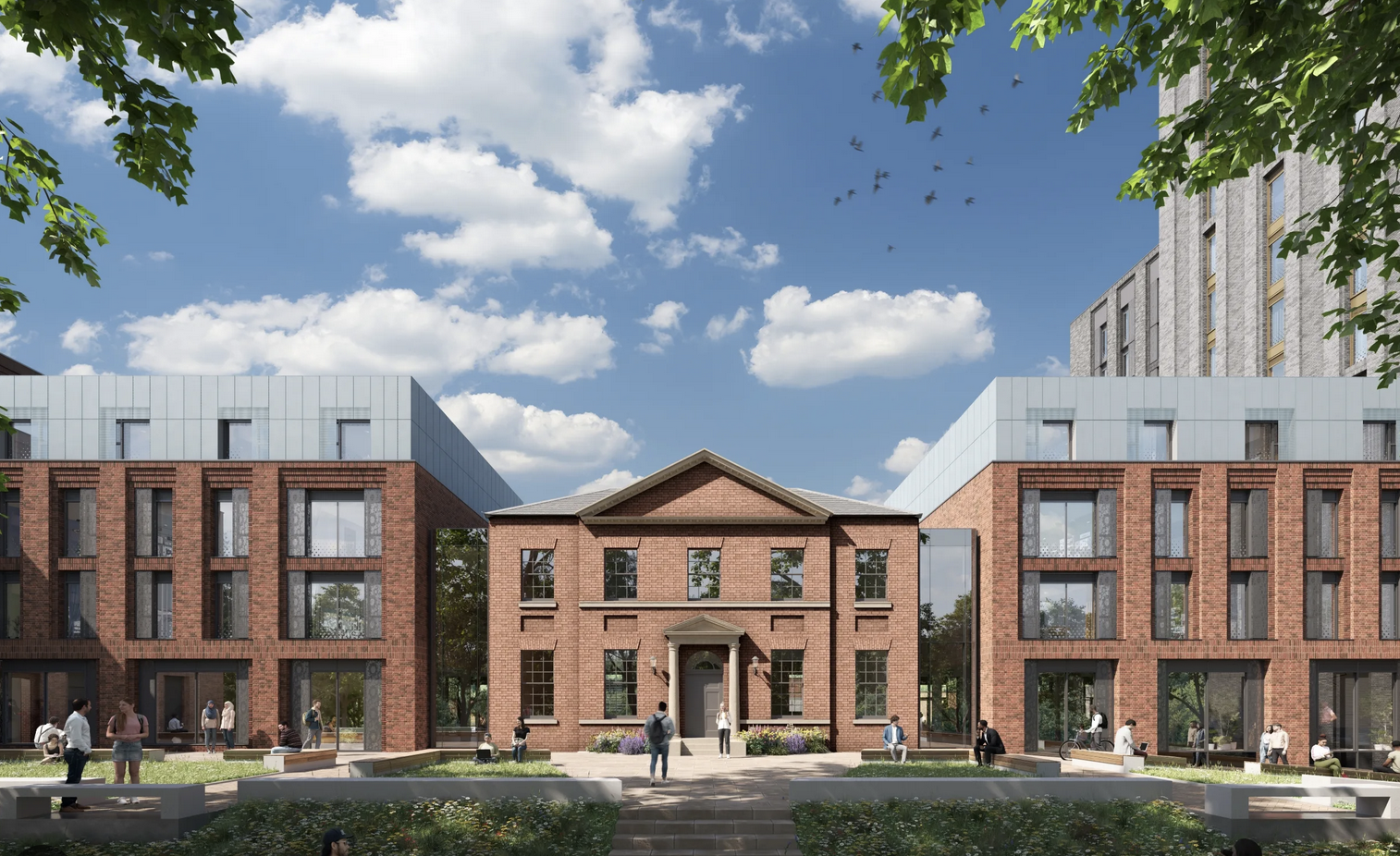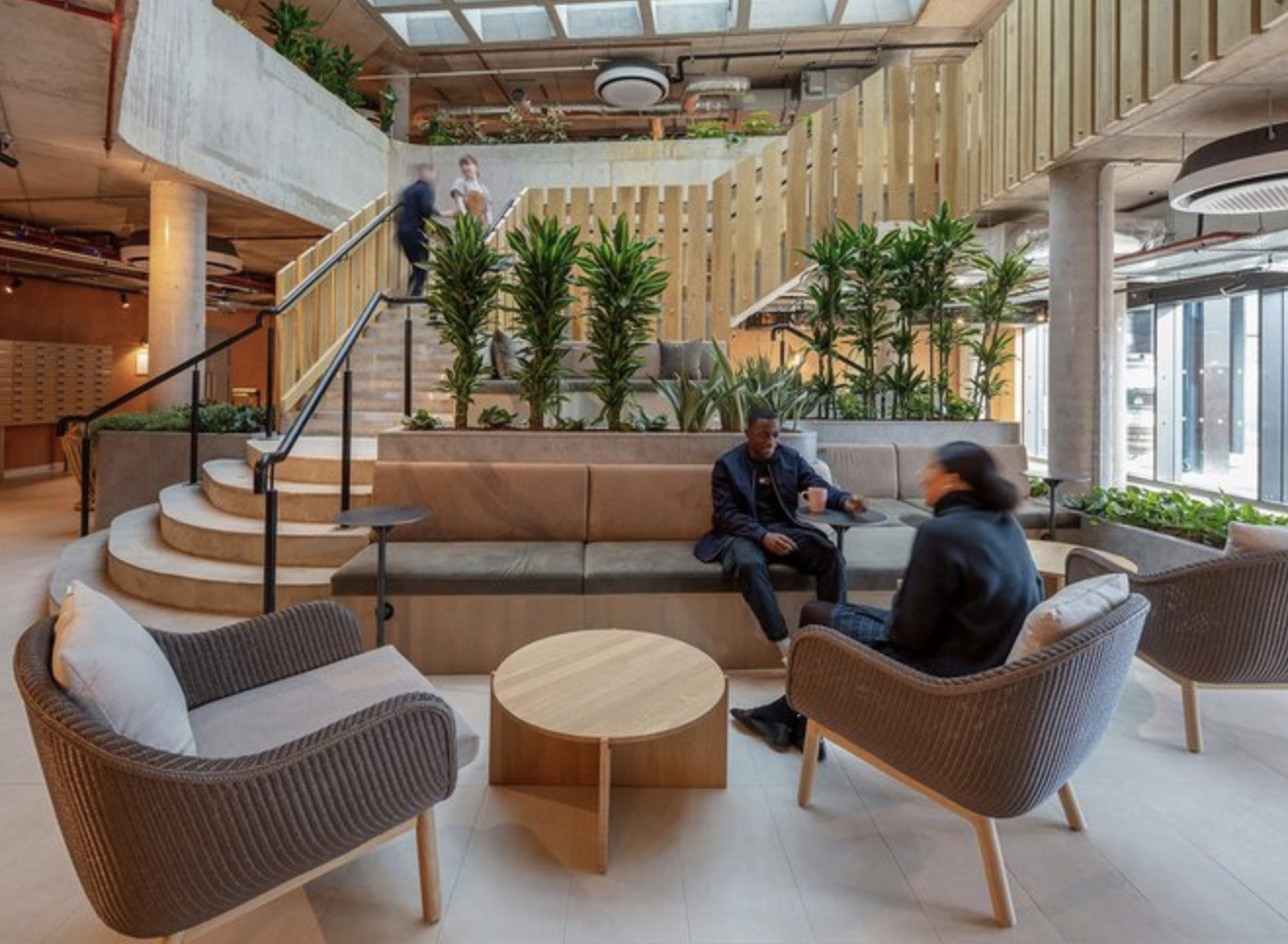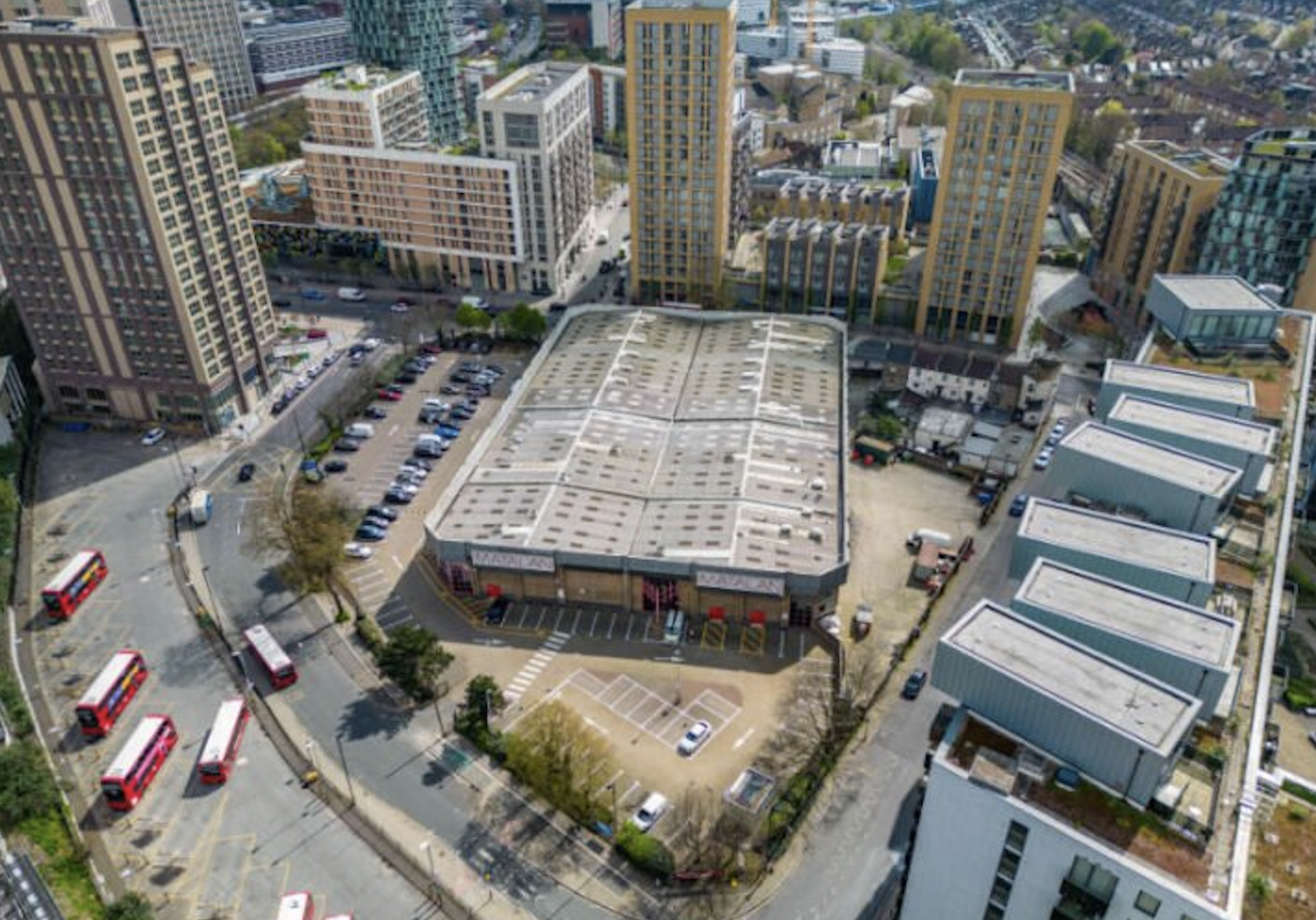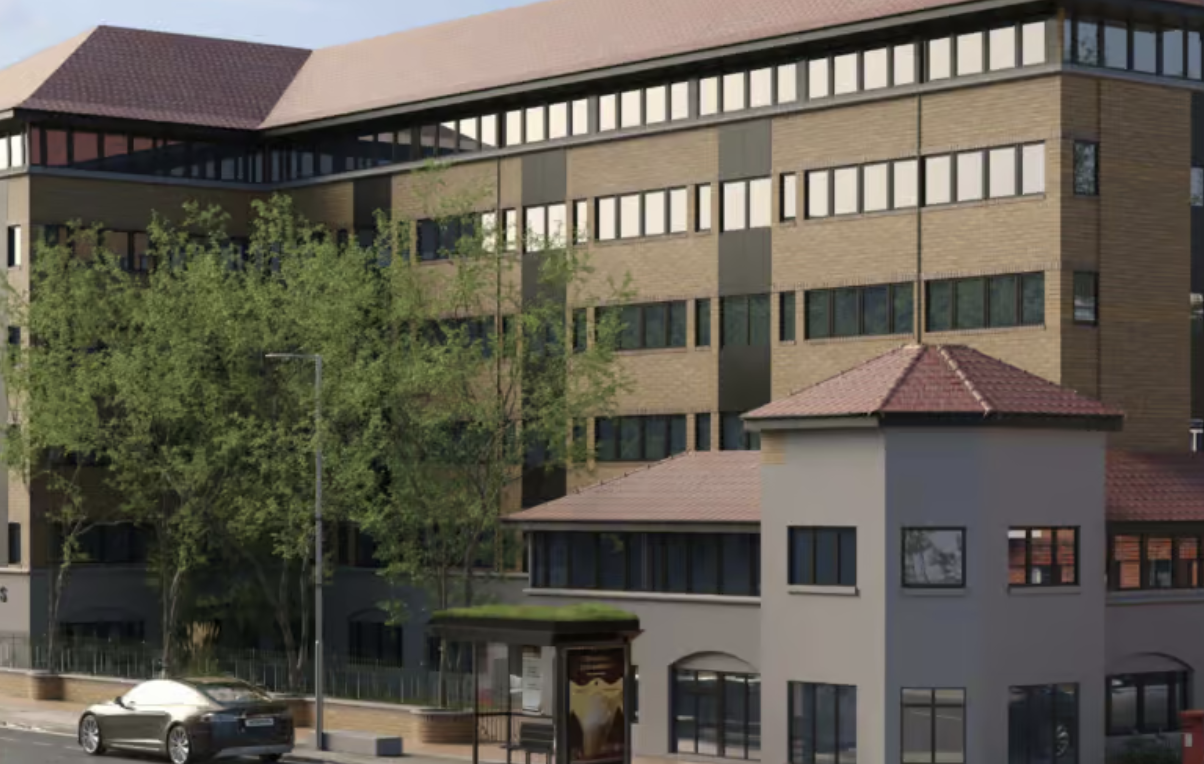UK: Analysis published by the British Property Federation (BPF) shows the total number of BTR homes in planning, under construction or completed increased by 14 per cent in 2022.
The figure rose from 212,916 to 242,548 but inflation and labour shortages contributed to a slowdown in BTR growth in 2022. The figure of 14 per cent compares to an average of 28 per cent growth per year since 2017.
Construction starts fell by 24 per cent y-o-y in Q4 as rising build costs impacted delivery.
The BPF research, conducted at the end of Q4 2022 in collaboration with Savills, shows that the BTR pipeline remains robust with 113,379 units in planning, up 14 per cent year-on-year, and the regions set to see a significant increase in activity with a 17 per cent annual increase in units in planning.
The growth of the BTR sector is evident in the fact that 180 local authorities now have completed BTR homes, or units in the pipeline, up 29 per cent on Q4 2021.
Ian Fletcher, BPF director of policy, said: “The Build-to-Rent market had continued to grow over the past 12 months, but we are seeing a slowdown in activity as inflation and an uncertain economic backdrop makes it more difficult to deliver. In the long-term, we expect the sector to continue to expand as a vital component of overall housing delivery, but Government must be careful not to stymie its progress. The watering down of national housebuilding targets may mean there is less urgency around allocating land for residential development, and there is already evidence that the rent cap introduced in Scotland, and being debated in Bristol, is deterring investment. The BTR sector has a major role to play in urban regeneration and levelling up and we cannot take its success for granted.”
Guy Whittaker, associate at Savills, added: “Investment appetite for Build-to-Rent was resilient in 2022 and resulted in £4.3 billion of investment, a fourth consecutive record-breaking year. That said, it is clear that the sector is not immune to headwinds facing the construction industry, as shown by a Q4 slowdown in starts and completions. With weaker home buyer demand, residential development activity is likely to be subdued in 2023. Build-to-Rent can offer an alternative exit strategy for developers looking to maintain sales rates and de-risk their pipelines. The BTR sector can therefore play a key role in maintaining construction output and support housing delivery nationwide.”


